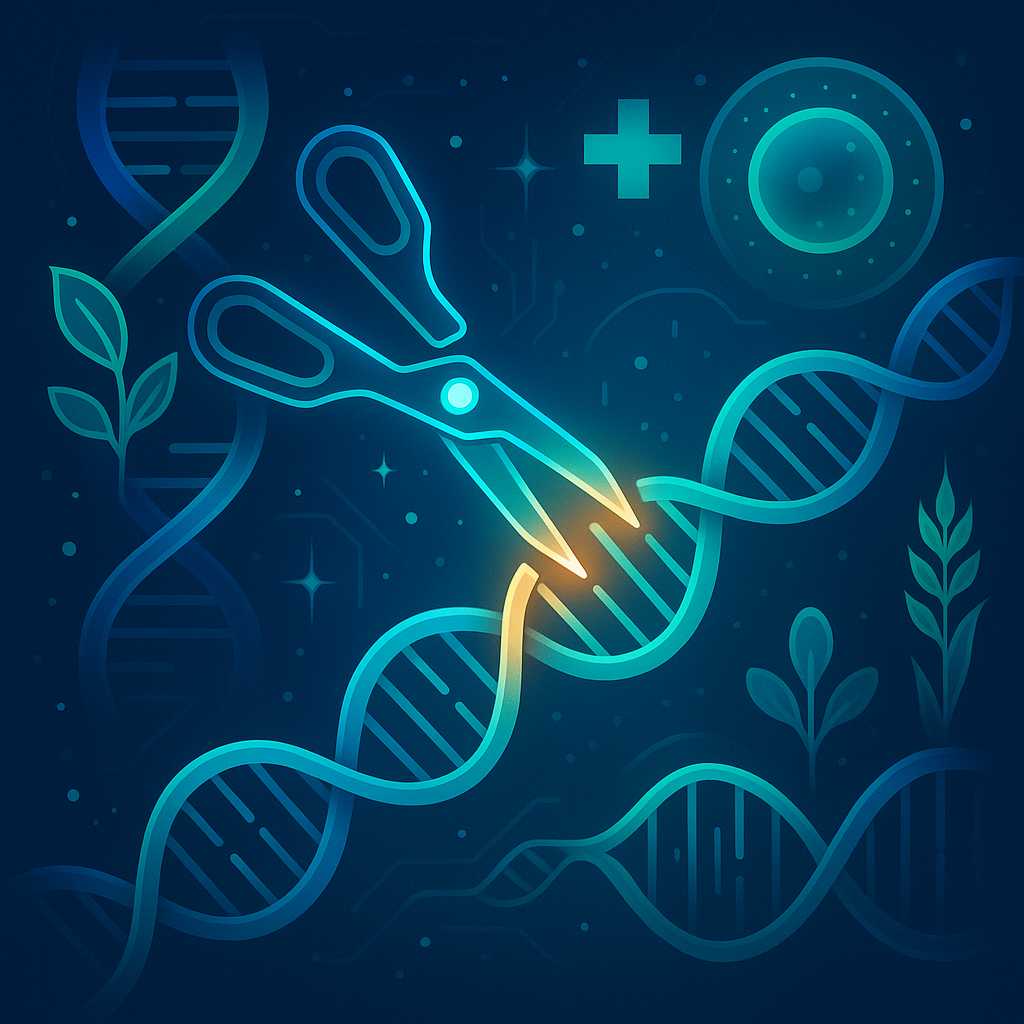In recent years, a groundbreaking technology has quietly been rewriting the very code of life. Known as CRISPR, this gene-editing tool is revolutionizing biological science, medicine, and even agriculture. But what exactly is CRISPR, and why is it considered one of the most important scientific breakthroughs of the 21st century?
CRISPR, short for Clustered Regularly Interspaced Short Palindromic Repeats, was discovered as a part of bacterial immune systems. Scientists realized that bacteria use CRISPR sequences to defend against invading viruses, essentially by cutting up viral DNA. By harnessing this mechanism, researchers have developed a way to precisely cut and edit genes in nearly any organism—an ability previously thought to reside in the realm of science fiction.
The implications are vast. In medicine, CRISPR is opening the door for personalized treatments of inherited diseases, such as sickle cell anemia and cystic fibrosis. Early experiments have already shown remarkable success in correcting genetic errors at their source. Instead of treating symptoms, scientists can now envision a future where the root cause—faulty DNA—is repaired, offering hope to millions affected by genetic disorders.
Beyond medicine, CRISPR is transforming agriculture. Crops can be engineered to resist pests, tolerate drought, or improve nutrition with far greater speed and precision than traditional breeding methods. This could help address food security concerns as our climate changes and populations grow.
Of course, with such powerful technology come important ethical questions. Where do we draw the line between curing illness and enhancing traits? Who gets to decide how gene editing is used? The ongoing global conversations around CRISPR remind us that science doesn’t exist in a vacuum—it’s intertwined with society, values, and choices.
As we stand at the dawn of the gene-editing era, one thing is clear: CRISPR has changed the rules of genetic possibility. Its ongoing story is a testament to human curiosity and ingenuity, reshaping not only our approach to disease and food but our very understanding of what it means to be alive.


Leave a Reply